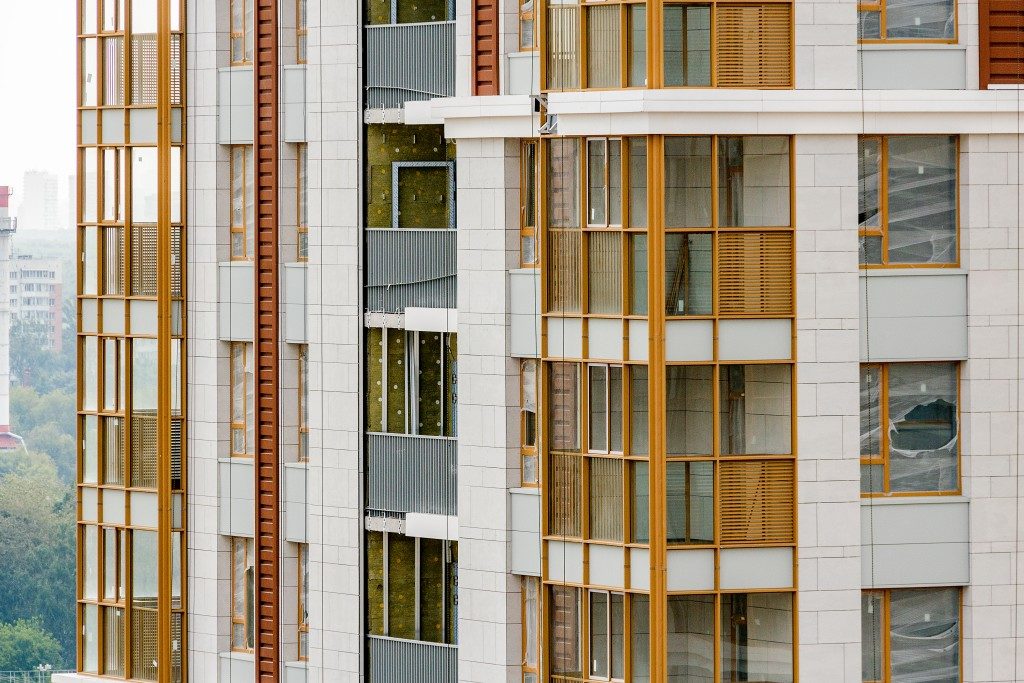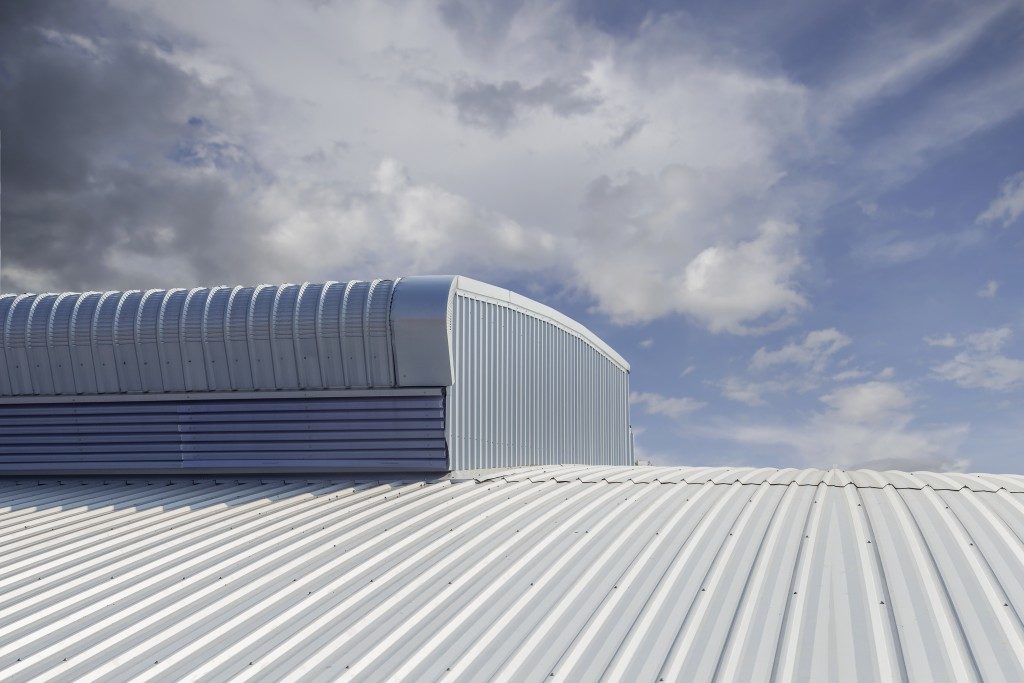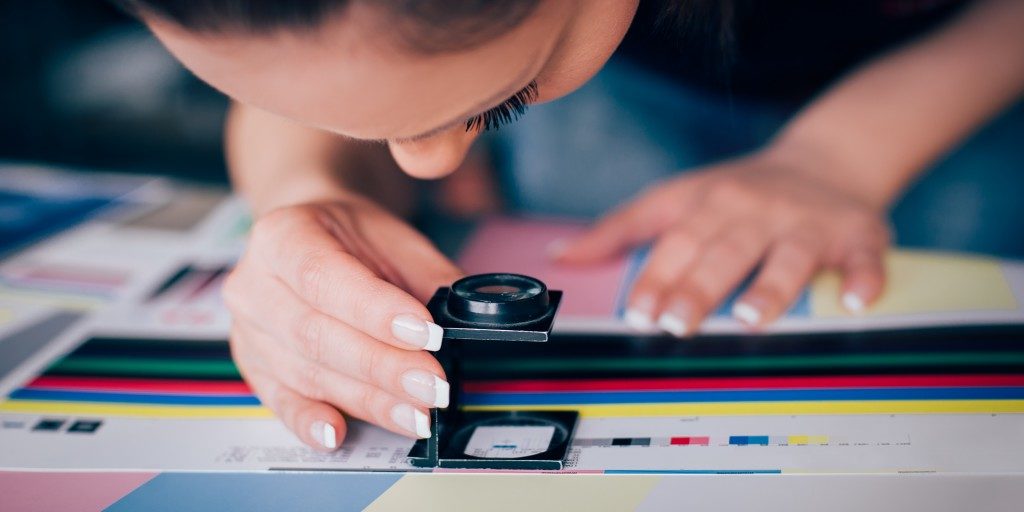 Unlike land, buildings depreciate. Different environmental elements, such as rain or sun, can lead to the gradual wear and tear. Hurricanes and tornadoes can cause severe damage and costly repairs.
Unlike land, buildings depreciate. Different environmental elements, such as rain or sun, can lead to the gradual wear and tear. Hurricanes and tornadoes can cause severe damage and costly repairs.
One of the effective strategies to minimize the building maintenance costs is to preserve the structure for as long as possible. Some of the popular options are cladding and rainscreen.
What Is Cladding?
The terms “cladding” and “rainscreen” have become buzzwords in architecture and construction. It then begs the question: is there a difference between the two? To find out, you need to begin with their definition.
What is cladding? You can define it in two ways. First, it refers to the outer layer of a building. An excellent analogy is the skin, which covers the body’s internal organs. The other explanation is that it’s a system of enveloping the entire surface of a structure. Cladding is not part of the building’s structural framework, but it provides many benefits:
- Thermal Insulation – It can help minimize or avoid thermal loss or gain. In turn, the energy demand remains stable and thus helps lower both heating and cooling costs.
- Weather Resistance – Paints can chip when exposed to sunlight for a long period. An unprotected wall may develop cracks. When it rains, water can leak, and moisture can build up. If the building’s maintenance is poor, all these can weaken the foundation.
- Additional Protection – The building can become safer when it has cladding. It decreases the chances of having cracks.
- Cost Savings – When the building has adequate protection, it might not need extensive maintenance and repair.

What Is Rainscreen?
Companies such as QC Facades provide various rainscreen solutions, but you might wonder about their uses.
What is a rainscreen then? It is a thin panel attached to the wall of a building to decrease the effects of water or rain. It may be connected to an existing cladding, or it is a system itself. It can then provide both thermal insulation and water protection. To understand it further, think about a raincoat that protects the skin during bad weather.
People use rainscreens for a variety of reasons. First, it helps deflect water away from the cladding and the interiors of the building. It does this by creating a gap with its thickness. In the panel, you will see a core that might act as drainage for the water. The actual material can vary, including the honeycomb, which is recyclable.
The rainscreen can provide a unique ventilation system. It can help push the warm moist air upward while introducing cold air. In the process, the building’s cladding remains dry. The structure also doesn’t experience a significant temperature change, which can increase the need for energy.
Both cladding and rainscreens are optional additions to the building, but it doesn’t mean that they are not necessary. They can improve the soundness and integrity of the building. They can also reduce the need for expensive and repetitive maintenance. These systems can even enhance the look and feel of the structure, which can increase its value and demand.
In other words, if you’re looking for aesthetics and protection, cladding and rainscreens deserve your consideration.


